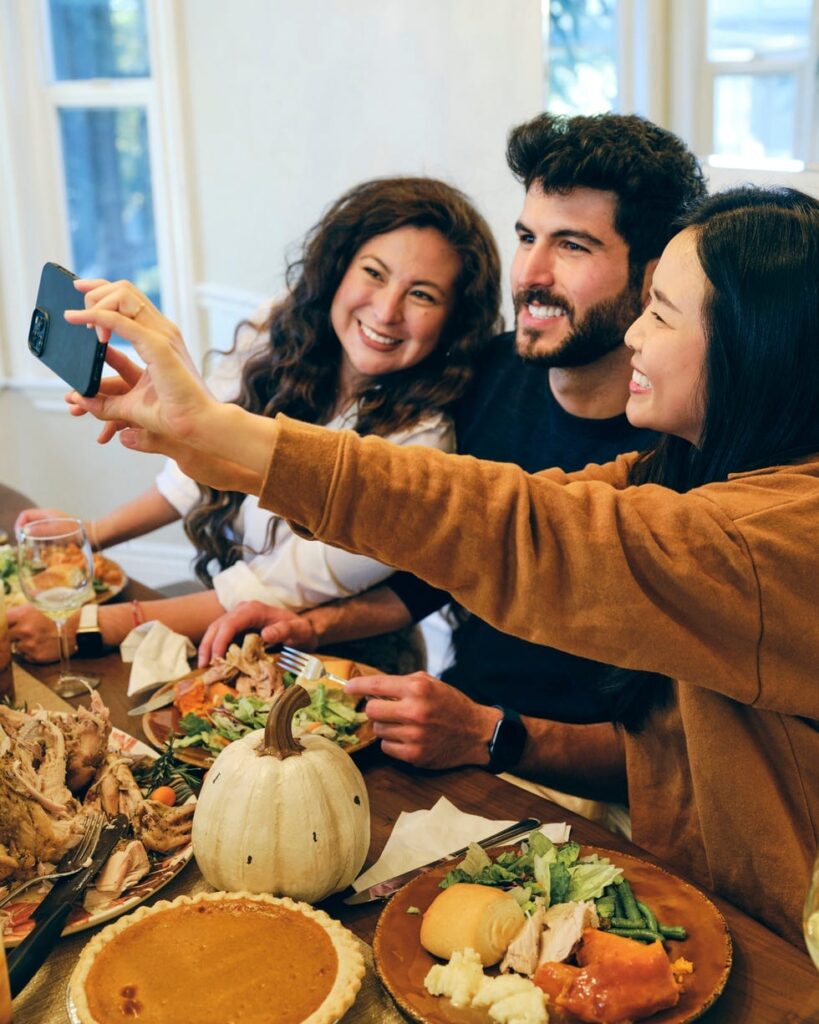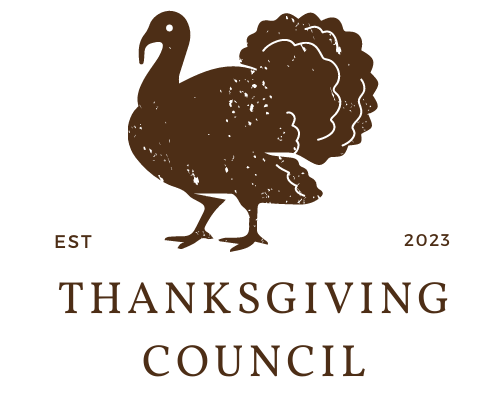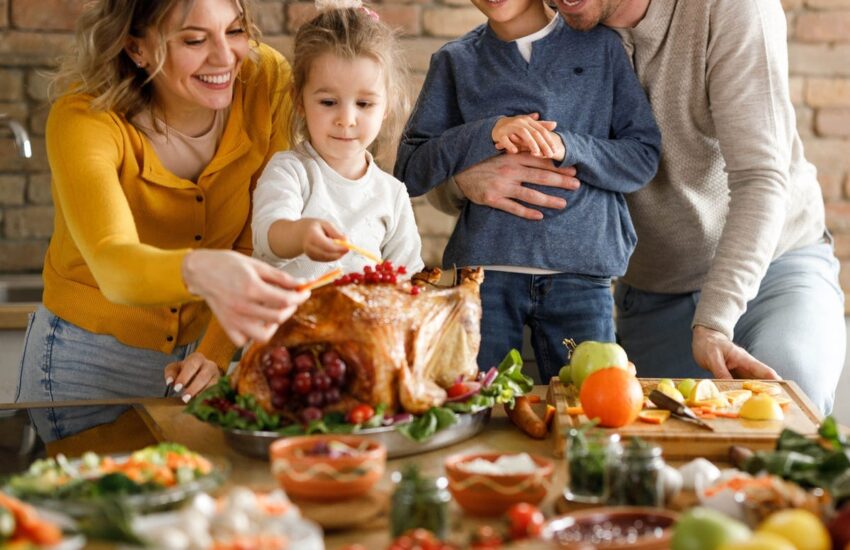My grandmother’s Thanksgiving table was a time capsule. For three decades, it never wavered the same floral china, the same secret stuffing recipe, the same unspoken rule that Uncle Frank got the end seat. Last year, however, something shifted. I watched my nephew video call his girlfriend from the living room while my teenage daughter live-streamed her plate of pie to a friend abroad. It hit me then: Thanksgiving is changing, and maybe that is not such a bad thing. The holiday is not fading away; it is simply evolving, shaped by technology, our awareness of the planet, and what family even means these days. I think the future of Thanksgiving is going to be more personal, more inclusive, and honestly, more interesting. We are not losing the spirit of gratitude; we are finding new ways to celebrate it that actually fit our modern lives. Remember 2020? We all got a crash course in connecting over screens. That was just the beginning. Soon, we might not just be on a video call with a far-away family; we could be sharing a virtual reality space where it feels like we are all passing the mashed potatoes around the same table. Imagine your cousin who is stationed overseas “sitting” in his usual chair as a hologram. It sounds like science fiction, but it is barreling toward us.
This is not about replacing the warmth of a hug; it is about bridging impossible distances so no one has to miss out entirely. For military families or anyone who can not travel, this tech is a game-changer. This exploration of modern Thanksgiving traditions delves into how technology and sustainability are reshaping the holiday while preserving its heart. It is about adding seats to the table, not taking them away. Then there is the food. I must admit, I was skeptical about plant-based turkey. But have you tried some of the new options? They are startlingly good. As we become increasingly aware of climate change, our menus are starting to reflect this awareness. The classic Thanksgiving flavors do not have to come with a massive environmental cost. I can picture future celebrations where the centerpiece is a lab-grown turkey or an incredible nut roast that even my carnivore uncle would love. We may even grow our own green beans in a hydroponic garden on the countertop. It is a return to eating locally, just with a 21st-century twist. The goal is not to take away your favorites, but to ensure we can enjoy them for generations to come.

And what about family? The image of a perfect nuclear family gathered around the table is, for many, just that an image. The real beauty of Thanksgiving’s future is how it embraces all of us. “Friendsgiving” is not just a trend for twenty-somethings; it is a legitimate and joyful way to celebrate a chosen family. Our gatherings are becoming more diverse, blending step-families, close friends, and neighbors. Community potlucks are popping up everywhere, ensuring that everyone has a place to go. The core idea is shifting from obligatory to genuine connection, and that is something to be truly thankful for. Perhaps the most exciting shift is the move toward personalized traditions. There is no one right way to do Thanksgiving anymore. Some families might skip the big meal altogether and volunteer at a shelter. Others might go for a hike and share what they are grateful for around a campfire. The pressure to create a perfect, Pinterest-worthy day is lifting. We are finally understanding that a tradition’s value is not in its age, but in the meaning we give it.
The best tradition is one that brings your people joy. You know, I used to stress over replicating my grandmother’s pies exactly. Was the crust flaky enough? Had I added the precise amount of nutmeg? Then one year, my daughter asked if we could add a dash of cardamom, a spice her Iranian friend had introduced her to. That small, unexpected addition of a tiny nod to a wider world made the pie taste even better. It was a delicious reminder that our celebrations can be enriched by the cultures and people around us, creating a more global Thanksgiving celebration that honors both our past and our shared future. This kind of cultural exchange feels less like a deviation and more like an evolution, a natural way for the holiday to stay vibrant and relevant. And honestly, that is the real takeaway. The families who will thrive are the ones who hold the past lightly, not tightly. We can cherish the memory of my grandmother’s table while also making space for a virtual relative or a plant-based main dish. The goal is not to create a perfect day frozen in time, but a meaningful one that resonates right now. What are we really trying to preserve, the exact menu or the feeling of connection? When you focus on the feeling, the rest becomes wonderfully flexible. This is not the Thanksgiving of my grandmother’s day. It is messier, more complicated, and far more honest. But the heart of it is that primals need to come together and give thanks that remains untouched. We are not breaking with tradition; we are building new ones, and that is a future worth celebrating.
References
Smithsonian Institution. (2023). “American Holiday Traditions: Evolution and Cultural Impact.” *Smithsonian Cultural Studies Research*.
U.S. Bureau of Labor Statistics. (2023). “Changing Demographics and Holiday Celebration Patterns.” *Department of Labor Social Research*.
MIT Technology Review. (2023). “Virtual Reality and Future Family Communication.” *MIT Technology Research Publications*.
Environmental Protection Agency. (2022). “Sustainable Food Systems and Holiday Celebrations.”
Pew Research Center. (2023). “American Family Structures and Holiday Traditions.” *Pew Social Research Division*.

